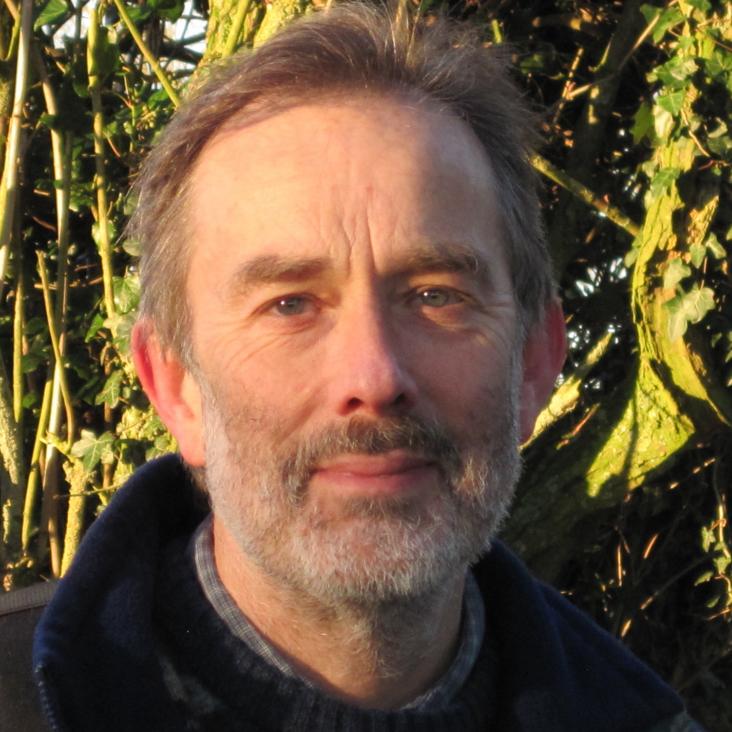Disordered quantum Hall ferromagnets and cooperative transport anisotropy
PHYSICA E 22:1-3 (2004) 82-85
Abstract:
We discuss the behaviour of a quantum Hall system when two Landau levels with opposite spin and combined filling factor near unity are brought into energetic coincidence using an in-plane component of magnetic field. We focus on the interpretation of recent experiments under these conditions (Phys. Rev. Lett. 86 (2001) 866; Phys. Rev. B 64 (2001) 121305), in which a large resistance anisotropy develops at low temperatures. Modelling the systems involved as Ising quantum Hall ferromagnets, we suggest that this transport anisotropy reflects domain formation induced by a random field arising from isotropic sample surface roughness. (C) 2003 Elsevier B.V. All rights reserved.Quantum Hall Ferromagnets, Co-Operative Transport Anisotropy, and the Random Field Ising Model
Chapter in Fundamental Problems of Mesoscopic Physics, Springer Nature 154 (2004) 239-250
Path integrals, diffusion on SU(2) and the fully frustrated antiferromagnetic spin cluster
JOURNAL OF PHYSICS A-MATHEMATICAL AND GENERAL 37:49 (2004) PII S0305-4470(04)85036-4
Bosonic Excitations in Random Media
ArXiv cond-mat/0305445 (2003)
Abstract:
We consider classical normal modes and non-interacting bosonic excitations in disordered systems. We emphasise generic aspects of such problems and parallels with disordered, non-interacting systems of fermions, and discuss in particular the relevance for bosonic excitations of symmetry classes known in the fermionic context. We also stress important differences between bosonic and fermionic problems. One of these follows from the fact that ground state stability of a system requires all bosonic excitation energy levels to be positive, while stability in systems of non-interacting fermions is ensured by the exclusion principle, whatever the single-particle energies. As a consequence, simple models of uncorrelated disorder are less useful for bosonic systems than for fermionic ones, and it is generally important to study the excitation spectrum in conjunction with the problem of constructing a disorder-dependent ground state: we show how a mapping to an operator with chiral symmetry provides a useful tool for doing this. A second difference involves the distinction for bosonic systems between excitations which are Goldstone modes and those which are not. In the case of Goldstone modes we review established results illustrating the fact that disorder decouples from excitations in the low frequency limit, above a critical dimension $d_c$, which in different circumstances takes the values $d_c=2$ and $d_c=0$. For bosonic excitations which are not Goldstone modes, we argue that an excitation density varying with frequency as $\rho(\omega) \propto \omega^4$ is a universal feature in systems with ground states that depend on the disorder realisation. We illustrate our conclusions with extensive analytical and some numerical calculations for a variety of models in one dimension.Deconstructing the Liouvillian approach to the quantum Hall plateau transition
PHYSICAL REVIEW B 68:4 (2003) ARTN 045318


